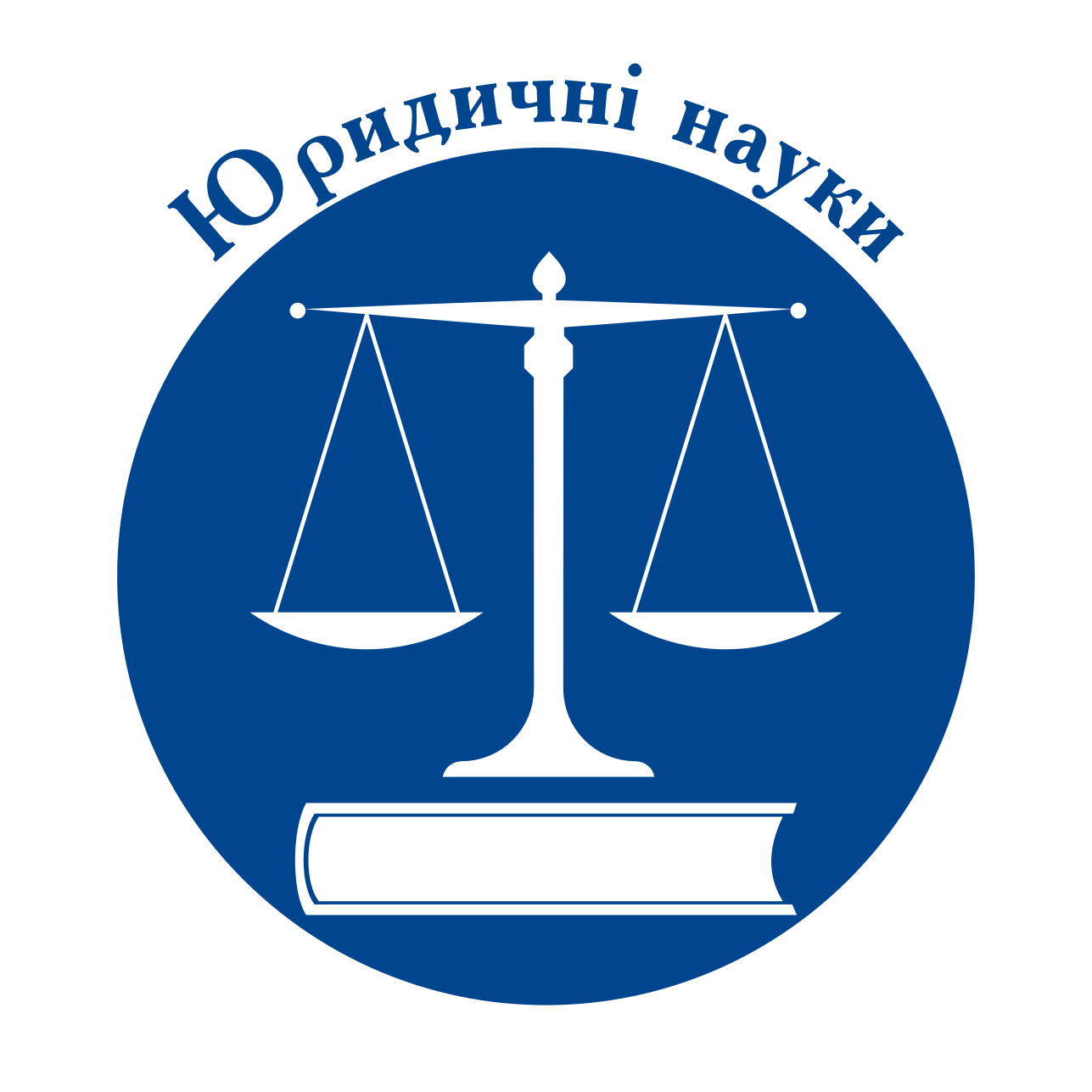EXPLOITATION OF A CHILD IN THE CONTEXT OF DOMESTIC VIOLENCE: CRIMINAL LAW ANALYSIS AND PROSPECTS FOR LEGISLATIVE IMPROVEMENT
Abstract
Relevance of the Topiс. The issue of child exploitation in the context of domestic violence is gaining particular significance in light of the growing number of documented cases of hidden, systemic abuse within family environments. Such violence is often accompanied by the child being subjected to various forms of exploitation – labor, sexual, psychological, or unlawful. Despite the existence of certain criminal law provisions, current Ukrainian legislation does not ensure a comprehensive and adequate level of protection for children subjected to prolonged violence. In these cases, exploitation is not only a consequence of unlawful conduct by adults but also constitutes a continued form of coercive influence exercised by parents or guardians through the abuse of their official status and authoritative position. Purpose. The purpose of this research is to identify the substantive features and forms of child exploitation in the context of domestic violence, to analyze the current state of their criminal law protection in Ukraine, and to formulate conceptual proposals for improving the relevant legislation in accordance with international child protection standards. Methods. The research applies comparative legal, formal legal, systemic-structural, and interdisciplinary methods. This methodological approach allows for an in-depth analysis of the concept of exploitation in domestic violence settings, an examination of international legal frameworks, and an assessment of domestic criminal law provisions ensuring appropriate legal safeguards for children. Results. The study establishes that the current criminal law framework in Ukraine fails to provide adequate protection for children subjected to exploitation in the context of domestic violence. The core reason for this deficiency is the absence of a specialized corpus delicti that would address the use of a minor in labor, sexual, unlawful, or other forms of activity that occur under the influence of systemic abuse. It is found that intrafamily exploitation is largely latent, rooted in the abuse of parental or custodial authority, and typically unfolds in conditions of psychological dependency. This significantly complicates the detection, investigation, and legal qualification of such acts. The research demonstrates that the concept of exploitation must be expanded to include non-material, non-physical, and indirect forms of coercion, and that the family environment should be recognized as a distinct space of heightened vulnerability. The study emphasizes that isolated criminal law regulation, without the effective involvement of family law mechanisms, social services, and psychological support, is insufficient for effectively countering such offenses. Conclusions. The research concludes that effective response to the exploitation of children in the context of domestic violence requires a phased modernization of criminal legislation. Specifically, it is necessary to introduce a separate corpus delicti addressing the use of a child under conditions of systemic domestic violence, taking into account dependency-based and psychological forms of influence. It is proposed to improve the definitional framework of existing legislation by broadening the legal understanding of exploitation and recognizing the family environment as a potential high-risk factor for violations of children’s rights. The study substantiates the need to create an integrated mechanism for the interaction of criminal, family, and social law aimed at early detection, proper legal qualification, and the rehabilitation of affected children. It also outlines promising directions for further research, particularly in the field of harmonizing national law enforcement practices with the provisions of the Istanbul Convention, the UN Convention on the Rights of the Child, and international child protection standards.
References
2. Конвенція про заборону та негайні заходи щодо ліквідації найгірших форм дитячої праці № 182 від 17 червня 1999 р. URL: https://zakon.rada.gov.ua/laws/show/993_166#-Text (дата звернення: 02.04.2025).
3. Конвенція про мінімальний вік для прийому на роботу № 138 від 26 червня 1973 р. URL: https://zakon.rada.gov.ua/laws/show/993_054#Text (дата звернення: 05.04.2025).
4. Конвенція про права дитини від 20 листопада 1989 р. URL: https://zakon.rada.gov.ua/laws/show/995_021#Text (дата звернення: 02.04.2025).
5. Конвенція Ради Європи про захист дітей від сексуальної експлуатації та сексуального насильства від 25 жовтня 2007 р. URL: https://zakon.rada.gov.ua/laws/show/994_927#Text (дата звернення: 02.04.2025).
6. Конвенція Ради Європи про запобігання насильству стосовно жінок і домашньому насильству та боротьбу із цими явищами від 11 травня 2011 р. – URL: https://zakon.rada.gov.ua/laws/show/994_001-11#Text (дата звернення: 02.04.2025).
7. Лансаротська конвенція – амбітний план захисту дітей від сексуального насильства. Jurfem : офіційний сайт. URL: https://jurfem.com.ua/lansarotska-konvenciaambitnyi-plan (дата звернення: 02.04.2025).
8. Факультативний протокол до Конвенції про права дитини щодо торгівлі дітьми, дитячої проституції і дитячої порнографії від 25 травня 2000 р. URL: https://zakon.rada.gov.ua/laws/show/995_b09#Text (дата звернення: 02.04.2025).


